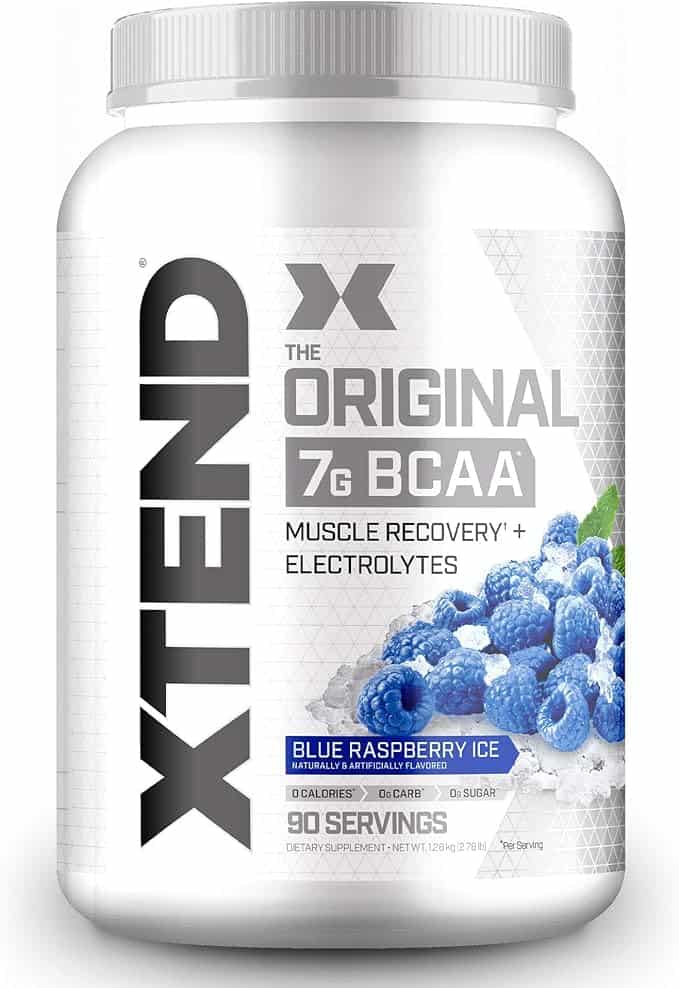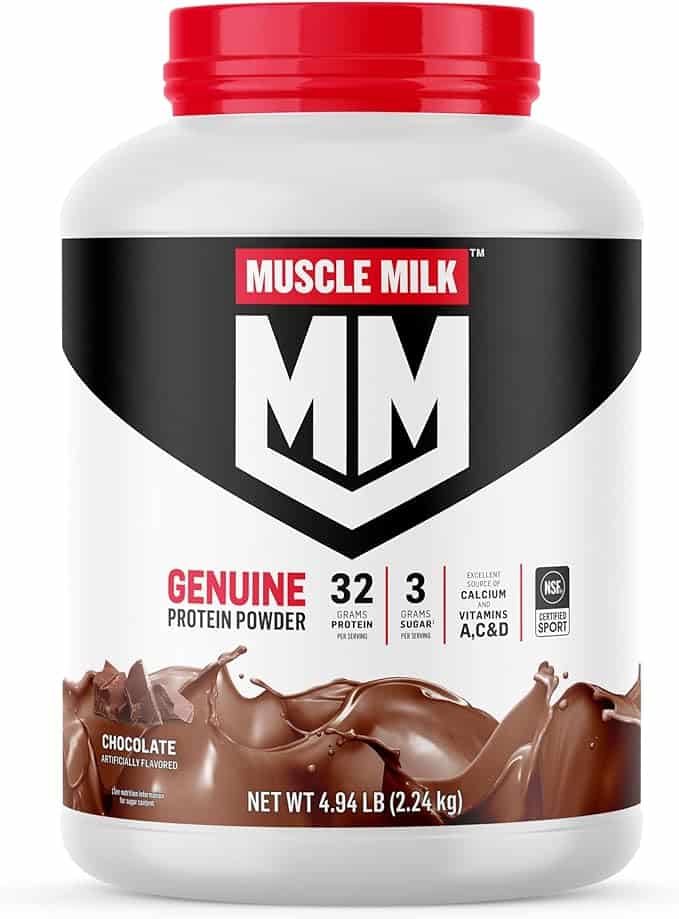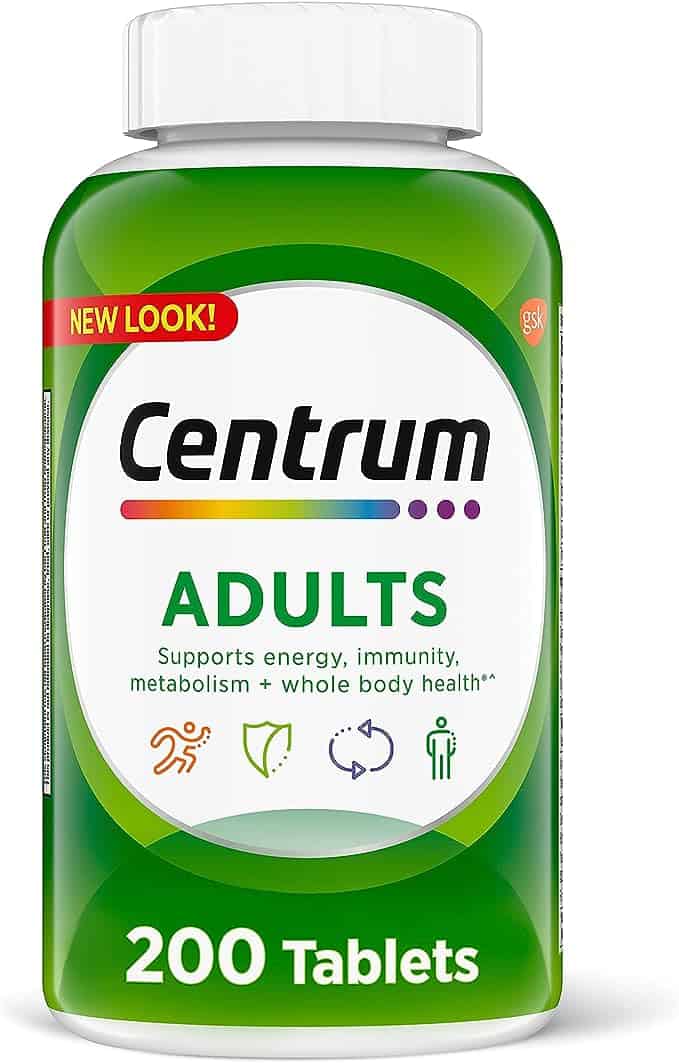
Since the late 1990’s Dr. John Berardi has published 8 scientific abstracts; 15 scientific papers and textbook chapters; presented at nearly 50 scientific, exercise, and nutrition-related conferences; and published countless articles online.
Berardi’s articles at Testosterone Magazine so many years ago provided me with the foundation of my fitness and nutrition knowledge today. If you want to know more about the Carb to Protein Ratio Diet, this is the man to ask.
Today’s Topic – The Carb to Protein Ratio Diet
I have written, on numerous occasions, about reducing your carbohydrate intake and increasing your protein intake to lose fat and maintain muscle mass when dieting. Then I went ahead and suggested how many carbs to eat in a day, how much protein to eat in a day, and how much fat to eat in a day. And then I even provided 10 tips for getting shredded. Plenty of resources to help you learn more about organizing your macronutrient intake if this piece doesn’t answer your questions.

Despite these suggestions, time and again I am still asked how much protein, carbs, and fat people should be eating each day. Then when I give my answers, people still question me:
“Shouldn’t I be eating more carbs?”
“Isn’t that too much protein?”
“How many calories should I aim for?”
Need protein powder?
If you are looking for a pure protein powder check out Muscle Milk, which comes in a variety of different flavors, mixes great in milk, water, or coffee, and is available in 2.5 lb and 5 lb jugs.
Now I have a specific macronutrient layout for you to follow based on your body weight. The protein distribution is a little lower than I usually recommend and the carbs are definitely higher than I recommend for most fat loss diets.
That being understood, this diet plan is based on a study at the University of Illinois and aims only at maintaining the proper ratio of carbs to protein for ideal fat loss and muscle retention.
For maintaining muscle mass, you can use the bodyweight column based on your current weight. For gaining muscle or losing fat you can use the bodyweight column based on your desired bodyweight.
I suggest if you have a really slow metabolism that you opt for a lower calorie total and if you have a really fast metabolism you opt for a slightly higher calorie total.
Macronutrient Chart
Check out this chart for some calories and macronutrient options:
| Bodyweight | kcal/day | Fat* | Carbohydrate | Protein |
|---|---|---|---|---|
| 330-375 lbs | 4500 kcal | 150g | 450g | 338g |
| 290-330 lbs | 4000 kcal | 133g | 400g | 300g |
| 250-290 lbs | 3500 kcal | 117g | 350g | 263g |
| 210-250 lbs | 3000 kcal | 100g | 300g | 225g |
| 170-210 lbs | 2500 kcal | 83g | 250g | 188g |
| 135-170 lbs | 2000 kcal | 66g | 200g | 150g |
| 100-135 lbs | 1500 kcal | 50g | 150g | 113g |
*These numbers assume a diet that contains 30% fat.
To customize this chart for your own needs and to get more accurate numbers try these reliable calculations:
- gain muscle with a fast metabolism, start with your desired bodyweight and multiply by 14 to get total daily calories
- gain muscle with a slow metabolism, start with your current body weight and multiply by 13 to get total daily calories
- lose fat with a fast metabolism, start with your current body weight and multiply by 13 to get total daily calories
- lose fat with a slow metabolism, start with your desired bodyweight and multiply by 12 to get total daily calories
- first, multiply total daily calories by .3 to get total fat calories, divide by 9 to get total fat grams
- second, multiply total daily calories by .0751 to get total protein grams, multiply by 4 to get total protein calories
- finally, multiply total protein grams by 1.4 to get total carbohydrate grams, multiply by 4 to get total carbohydrate calories
None of the numbers from the chart or from the above calculations will be 100% exact. You will need to adjust calories and macronutrients based on your own bodily needs. For example, you may need to increase protein to gain muscle or decrease carbs for losing fat, but those adjustments should be based on your results after the first couple of weeks of dieting.
Be sure to exercise at least 3 times a week for 30-45 minutes per session to see optimum results.
Increasing your protein intake and decreasing your carbohydrate intake will help you to maintain (or even gain) muscle while losing fat on a weight loss diet. Don’t make the mistakes of the high-carb dieters before you. Take advantage of our current knowledge of macronutrient nutrition to burn fat faster than ever!
But don’t take my word for it. Let’s see what JB has to say about it:
Tip: The Ratio Diet
“Want to improve body composition, increase the ratio of fat lost to muscle lost during a diet, improve blood lipids (cholesterol and triglycerides), prevent wild fluctuations in blood glucose and insulin, and improve satiety when on a diet? Well, you’re not alone. In fact, Dr Layman and colleagues at the University of Illinois are also interested in helping you accomplish these goals.
In their recent studies, they have demonstrated a myriad of benefits associated with reducing the ratio of carbohydrate to protein in the diet from 3.5g of carbohydrate to every 1g of protein to 1.4g of carbohydrate to every 1g of protein.”
See Also
This tip is influenced by Precision Nutrition – Project Swole’s pick for the best nutrition and supplement resource currently available. Containing system manuals, gourmet cookbooks, digital audio/video libraries, online membership, and more, Precision Nutrition will teach you everything you need to know to get the body you want — guaranteed.
Tags: carbohydrates, carbs, Diet, dieting, fat loss, lose fat, lose weight, nutrition, Nutrition Tip, precision nutrition, protein, weight loss











registered dietitian…
The Carb to Protein Ratio Diet | Project Swole…
[…] The Carb to Protein Ratio Diet (projectswole.com) […]
[…] The Carb to Protein Ratio Diet (projectswole.com) […]